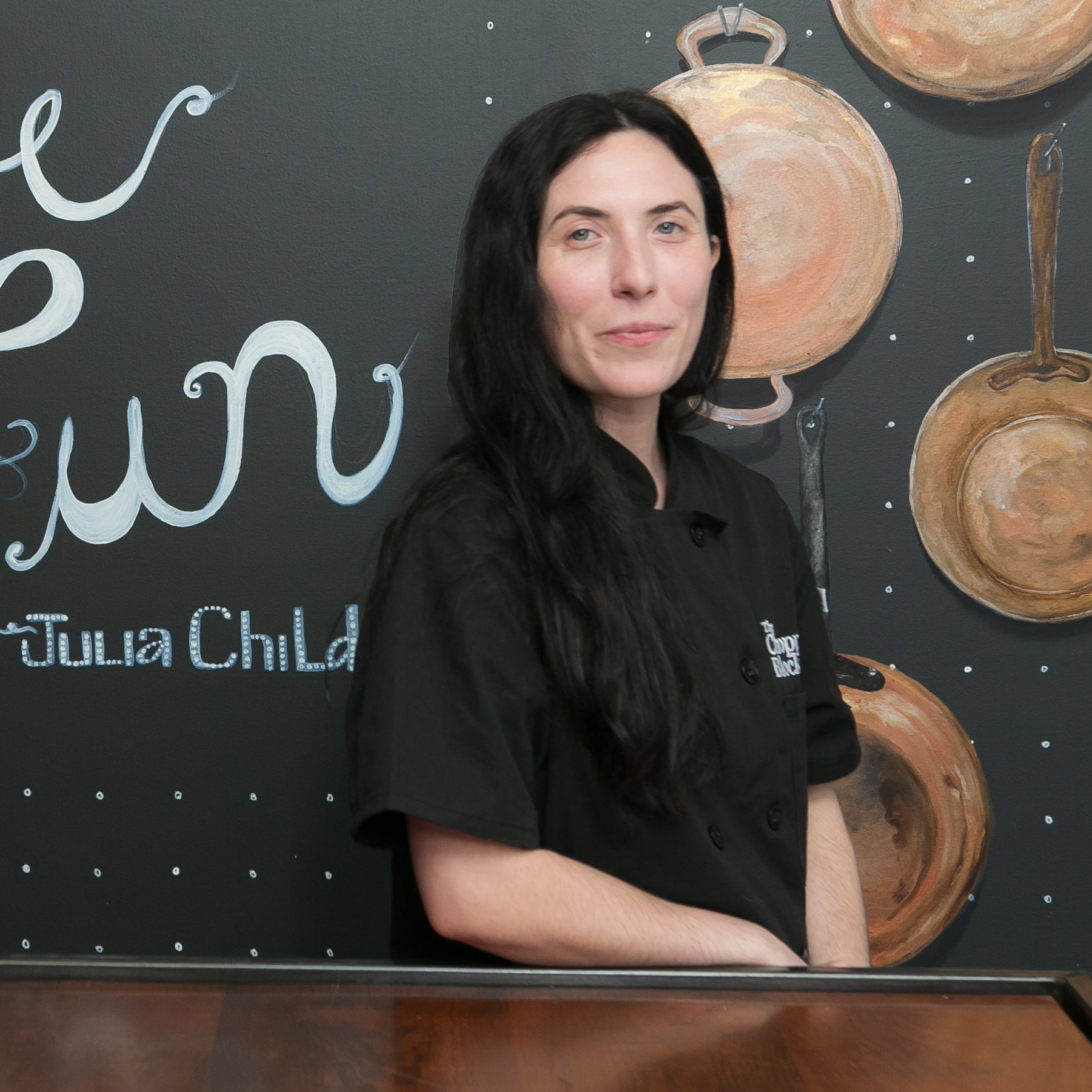Making bread dough can be a bit intimidating at first, especially when you don’t know what yeast to use.
Yeast is responsible for the rise in bread, and also gives it that delicious flavor. When working with yeast, there’s some things that can go wrong if it’s not treated properly. It’s a sensitive living thing that can be quite finicky. The first step is knowing what type of yeast to use and how to use it. There are three main types of yeast used in bread baking: active dry yeast, instant yeast, and fresh yeast.
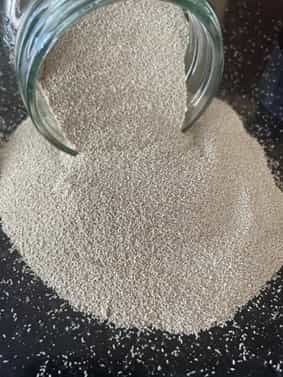 Let’s break down all these types of yeast so you can bake that perfect loaf of bread.
Let’s break down all these types of yeast so you can bake that perfect loaf of bread.
What is yeast?
Yeast is a microorganism naturally present in the environment. Yeast enables natural fermentation. When yeast eats sugars it turns it into carbon dioxide, this process is called fermentation. Carbon dioxide is responsible for the airy texture in bread.
There are three main types of commercially used yeast: active dry yeast, instant yeast, and fresh
yeast. All of these have their own qualities and purposes. Yeast is a living thing, which means it can
die. It thrives in the perfect environment, so it’s essential to make sure it's not too hot or not too cold. If the yeast gets too hot, it will die. If it gets too cold, it will be dormant and not rise. When your dough is made you want to make sure it’s in a warm environment to get the perfect rise.
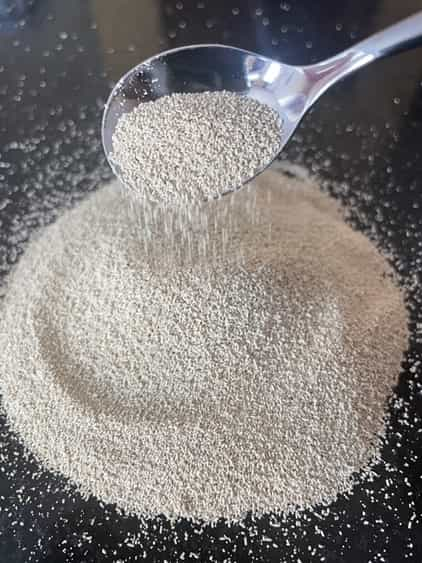
Active Dry Yeast
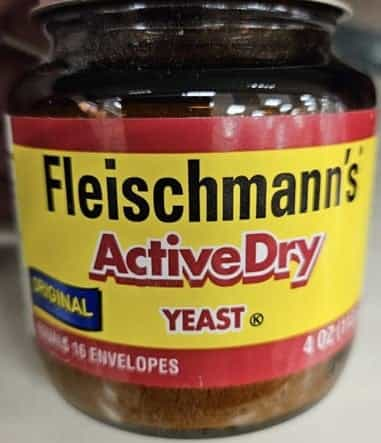 All dry yeast is live yeast that is dehydrated, ground into granules and preserved to be shelf stable.
All dry yeast is live yeast that is dehydrated, ground into granules and preserved to be shelf stable.
Active dried yeast is made into larger granules and needs to be activated in warm water before using in a recipe. These dormant yeast cells can be stored at room temperature for up to a couple years in their original packaging if not opened. This makes it an ideal yeast to have on hand at home. This type is sensitive to heat and needs to be stored in a cool dry area.
Once the package is opened, store it in an airtight container in the refrigerator and it will last until the expiration date. When activating the yeast or “waking it up” it needs to be added to water that is between (100-110 degrees F) with a little bit of sugar to start feeding it. You wait 2-3 minutes and if it foams on the top of the water, you know the yeast is alive. If it doesn’t, the microorganisms are most likely dead, and you will not get any rise in your bread. This is my choice of yeast because I will know if the yeast is alive or dead before continuing on with my baking. Active dry yeast is the best option for doughs that need more than one rise, or doing longer cold rises.
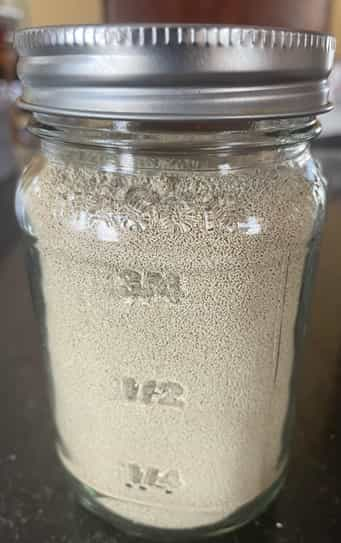
I like to store my yeast in a mason jar once I open the package, but any airtight container will work.
Instant Yeast
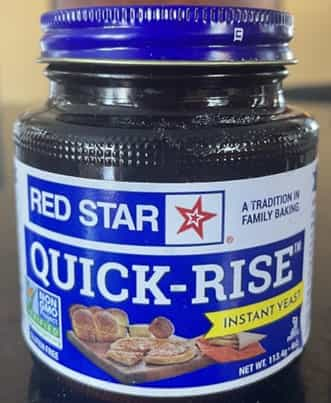 Instant dry yeast has finer, smaller granules. This increases surface area and allows for a faster rehydration of the yeast. This type of yeast does not require you to bloom the yeast in a liquid
Instant dry yeast has finer, smaller granules. This increases surface area and allows for a faster rehydration of the yeast. This type of yeast does not require you to bloom the yeast in a liquid
beforehand. It can be put straight into recipes. I still prefer to bloom my yeast just to ensure it’s alive. There is nothing worse than spending so much time making a dough to later find out the yeast wasn’t alive.
Fast Acting Yeast
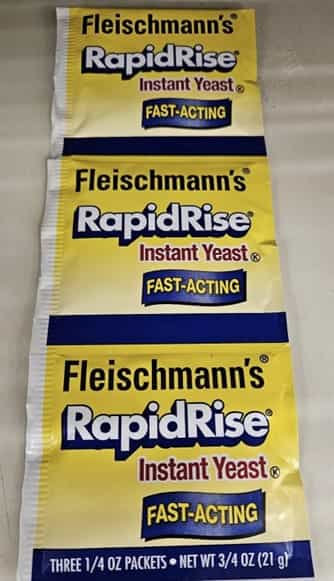 Fast activating yeast, also called rapid rise or quick rise, is formulated to be fast acting. Which makes it a good choice if you want to make bread in a short amount of time. This is great for single rise doughs. Making a dough that needs more than one rise or doing a longer cold rise in the refrigerator, I would choose a different type of yeast… either active or instant.
Fast activating yeast, also called rapid rise or quick rise, is formulated to be fast acting. Which makes it a good choice if you want to make bread in a short amount of time. This is great for single rise doughs. Making a dough that needs more than one rise or doing a longer cold rise in the refrigerator, I would choose a different type of yeast… either active or instant.
Fresh Yeast
Fresh yeast, also called cake yeast or compressed yeast can be found in the refrigerator section at
some grocery stores. This is the only commercially used yeast that is not dehydrated. It consists of
water and yeast. Due to its water content, it is the least shelf stable. It will survive in the refrigerator for roughly two weeks under perfect conditions. Many bakers prefer this type of yeast for sweet doughs because of its stronger yeast flavor. With all yeast, if you are unsure if it’s alive, always check it by putting it in water (100-110 degrees F) with a teaspoon of sugar. If it starts to foam and bubble, you know it’s alive and ready to go.
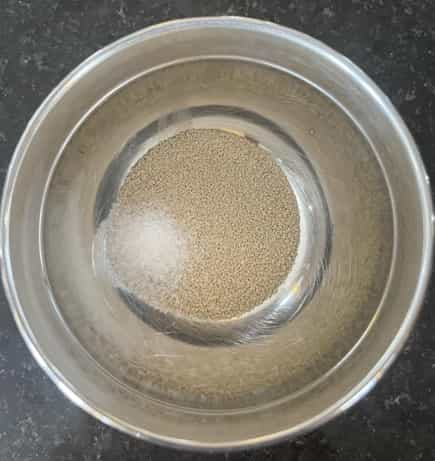
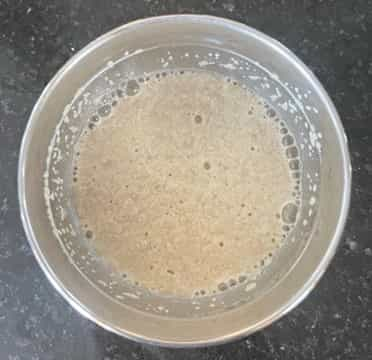 This is what your yeast should look like if it’s alive.
This is what your yeast should look like if it’s alive.
Every type of yeast has its own unique qualities. One isn’t better than the other, and they will all give you that lovely rise in your dough. It really comes down to preference and what works best for you.
If you want to learn more about the process of making bread doughs look into The Chopping Block's Artisanal Breads Boot Camp Saturday, April 27 10am. There are just 2 spots left so don't miss out!
Learn more about Artisanal Breads Boot Camp
If you can't wait that long to get your homemade bread fix, we also just added a new session of How to Bake Bread on Friday, February 23 at 11am.


